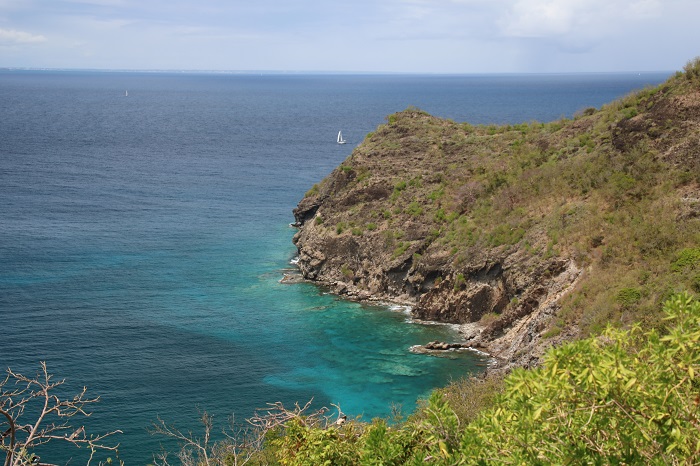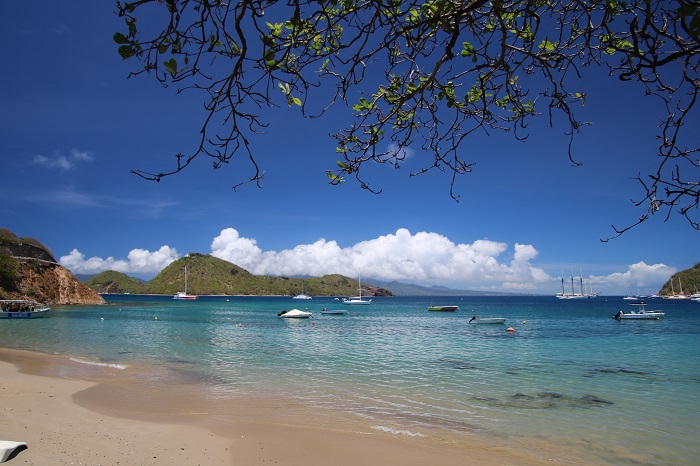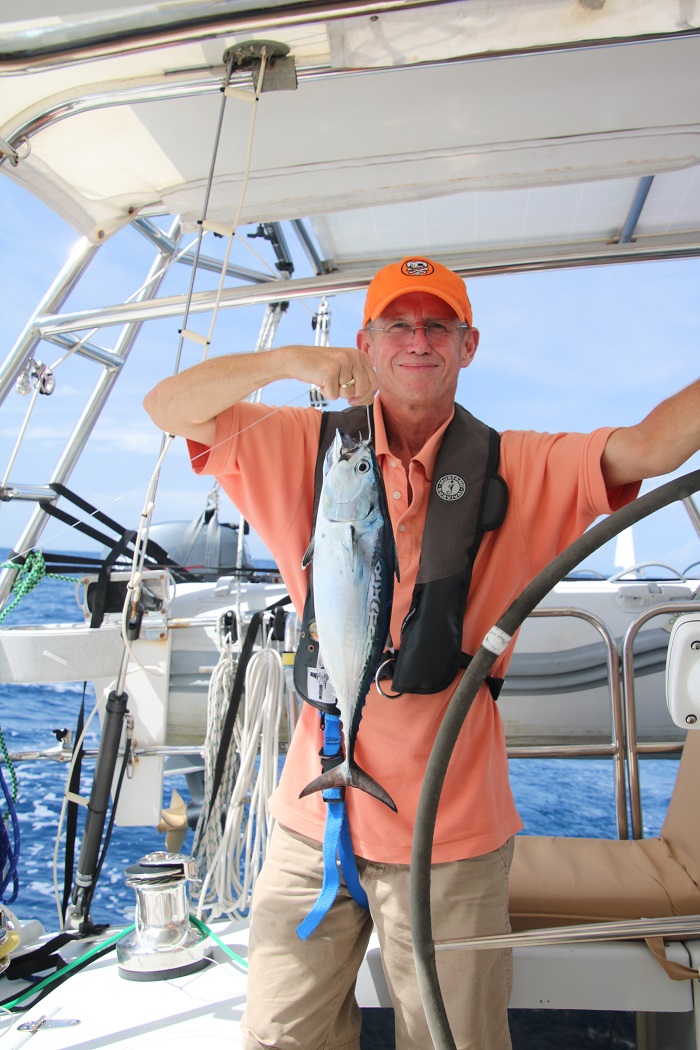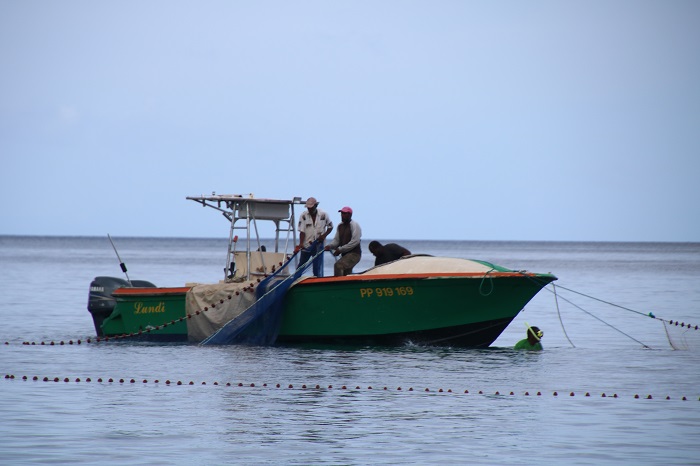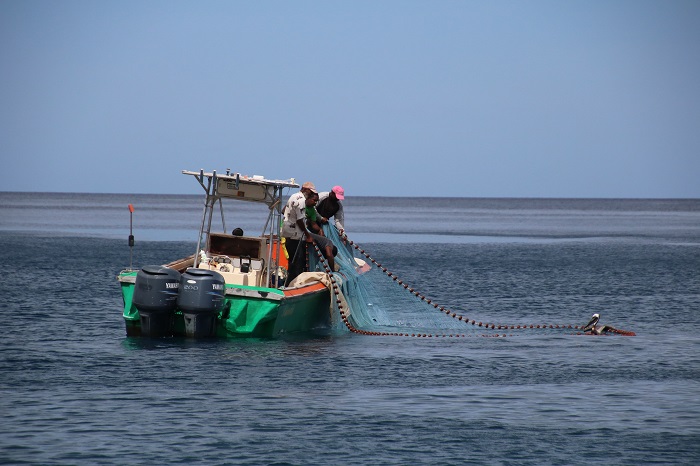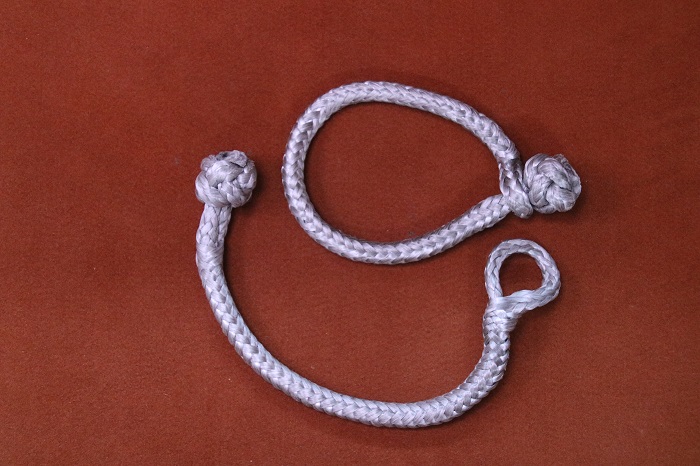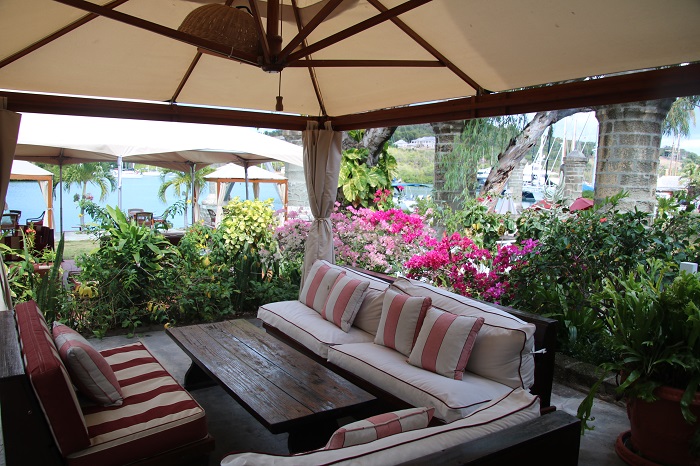This is the summer of regional weaving conferences all over the US, and I enjoyed a day trip to Northampton, Massachusetts a couple of weeks ago to visit the exhibits and vendor hall of NEWS, the New England Weaving Seminar. This is always a great way to rekindle and rejuvenate my love of weaving. There are so many weavers, even just in New England, who are doing inspiring things!
One of our Connecticut guild members, and a good friend from my local weavers’ group, has made a fabulous doll this year. This is not her first miniature figure, and she is definitely honing her skills as time passes! In her travels she acquired a porcelain doll head of a Japanese male. She and her husband began sculpting hands and feet out of polymer clay to go with the head. Then they began the daunting task of making a soft-sculpture, pose-able body for the figure. And then came the weaving! This fellow has a full set of traditional Japanese undergarments in white, all handwoven! His kimono is a dark indigo plain weave, and his obi is also handwoven–even the thongs on his handmade shoes are woven!–in the same pattern as his obi. It’s an amazing piece, and I’m so glad it got such a prominent place in the gallery. Being in the front window you could easily view from all sides.
The lighting is challenging for getting a photo that shows the details of his woven garments. He is holding an origami crane, also made by Sally. Really, isn’t he fabulous?? I doubt the judges knew what to make of this! And I wonder if they opened up his kimono to see his handwoven undergarments.
The guild exhibits were quite good this year. The space was light and large so that each guild table could be seen well from multiple directions.
Maybe it was not the most creative use of space, but the displays themselves were quite inspired. Very enjoyable. This is the display for the Weavers’ Guild of Boston.
It was a wonderful day for me, and far too short. By the time I caught up with friends and had a dash through the vendor booths it was past time to head home.
My favorite place in the vendor hall is upstairs, where Vav Stuga and Pro Chem share a space. I always find way more than I meant to buy in these two booths. This year Pro Chem had a deep basket full of stamps for printing fabric, and Vav Stuga had a bundle of past Vav Magazine calendars at a discount. Who could resist either of those? Not me!
There was a new vendor this year, Lofty Fibers from New Hampshire. On top of selling some wonderful linens and the Jaggerspun wool/silk blends, they have developed a small gadget called a “Tempo Treadle” that keeps track of your treadling sequence and will alert you if you make a mistake. Isn’t that a handy thing to have? I would like to have one for my AVL mechanical dobby, which has a very bad habit of not lifting all the shafts that are pegged or lifting one too many. It’s a mysterious –and pervasive– problem, and I would love to have an alarm system for this! Barry said he’ll look into making one for AVLs.
There was a wonderful 3-woman exhibit of works by Norma Smayda, Jan Doyle, and Antonia Kormos. All three women are Rhode Island weavers, although my small area group in Connecticut claims Tony too, as well a number of other Rhode Island residents who regularly come our meetings. Tony is in her 90s and still doing fabulous work in many complex weaves as well as bobbin lace.
Changing gears a bit, but still celebrating inspiring works of art, the next photo is of a gift that Bob and I recently gave each other. Back in June we celebrated our 40th anniversary. Pretty amazing to both of us! We enjoy looking at art together, although we are not wealthy enough to actually as much art as we’d like. We count ourselves lucky to have some accomplished artistic friends….because of that we heard of an artistic exchange between the US and Russia, where a group of Russian painters came to the US last spring to paint plein aire along the coast of Maine. Bob and I sailed coastal Maine for 16 years before we started sailing in the Caribbean for our winters, so images of Maine bring back some wonderful memories of summer travels during our increasingly long marriage (I mean that in a good way!).
One artist in particular captured one of our best memories with this depiction of a lobster pound near Stonington, Maine. Almost every summer we would stop and anchor near Stonington, just off from Billings Marina. We’d take our dinghy ashore and walk into town, which included walking right by this very spot. It’s the still water of the pond that just undoes me. It looks wonderful close up and at any distance. We have hung this in a spot where we can view it from close up as well as all the way to the other side of the house, and we love it from all the vantage points.
The artist is Olga Karpacheva, and she has an impressive background of achievements in Russia. She has work in five Russian museums, and I found images of her work online that make me think she has special ties to the Volga River. She is also well known for her work in restoring art.
But this is the best thing I found about her online! –a photo of her painting the piece we bought! She is on the left. What a thrill for me to see this!

The summer offers a couple more exciting venues for seeing artwork, both woven and not woven. Here is my list!
I regret not posting this before the opening….but it’s still on, so try to get there! It was quite a thrill to reconnect with Helena after six or seven years. Her students included about a dozen Swedish weavers, one Icelandic, and two US weavers. No one lives near Washington Depot, so it was impressive that these students organized the event from so far, and almost all of them managed to get to the opening. The exhibit has been at two venues in Sweden before coming to New England, and the students organized these exhibitions as a tribute to Helena. What a wonderful event, and I’m so glad I was able to attend.
It was there that I learned of this exhibition, currently at the New Bedford Art Museum.

The couple who own Brown/Grotta were at the tapestry opening. They are quite excited by their current show of works which you can read about here. As luck would have it, Bob and I are visiting the New Bedford area in a few days, so it will be easy to add this to our itinerary. Yes, I feel lucky!
And I also met a pastel artist at the Nordic exhibition who shows work annually at the Lyme Art Association during their annual pastel exhibition. It’s interesting that I’ve seen this woman’s work for several years before now getting to meet her. The opening for the Nordic Tapestry Group was a convergence of how interwoven our artwork and relationships are. Lucky, indeed!

























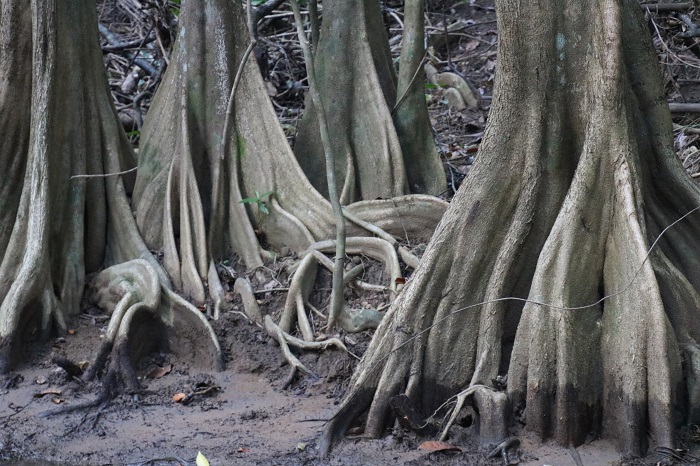


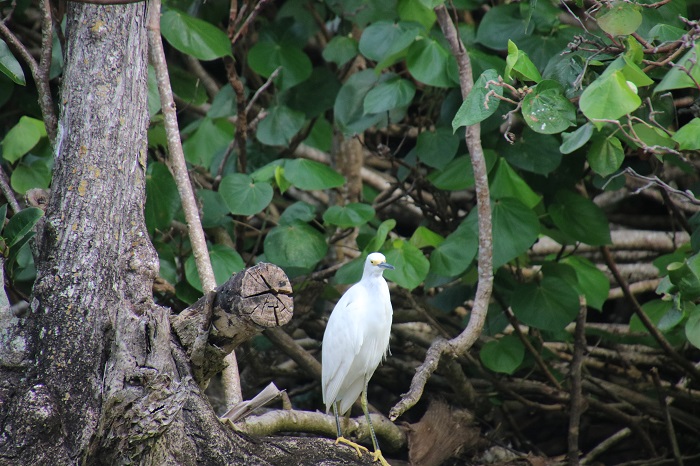






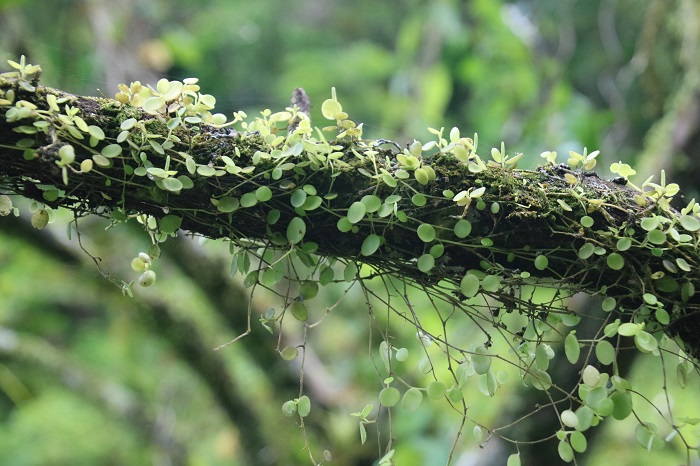



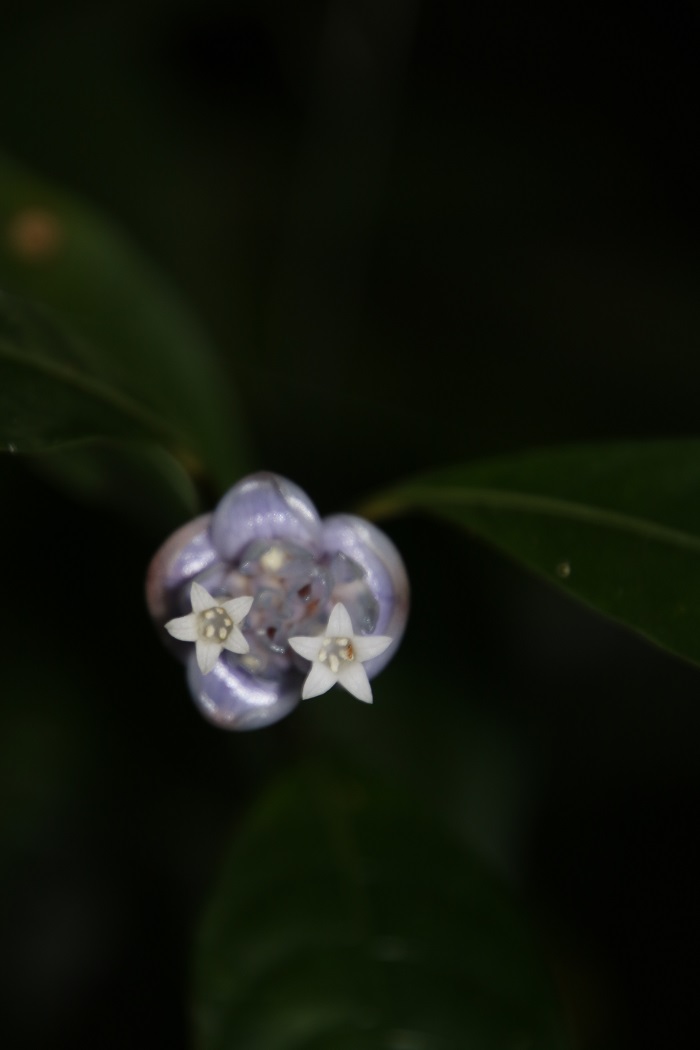


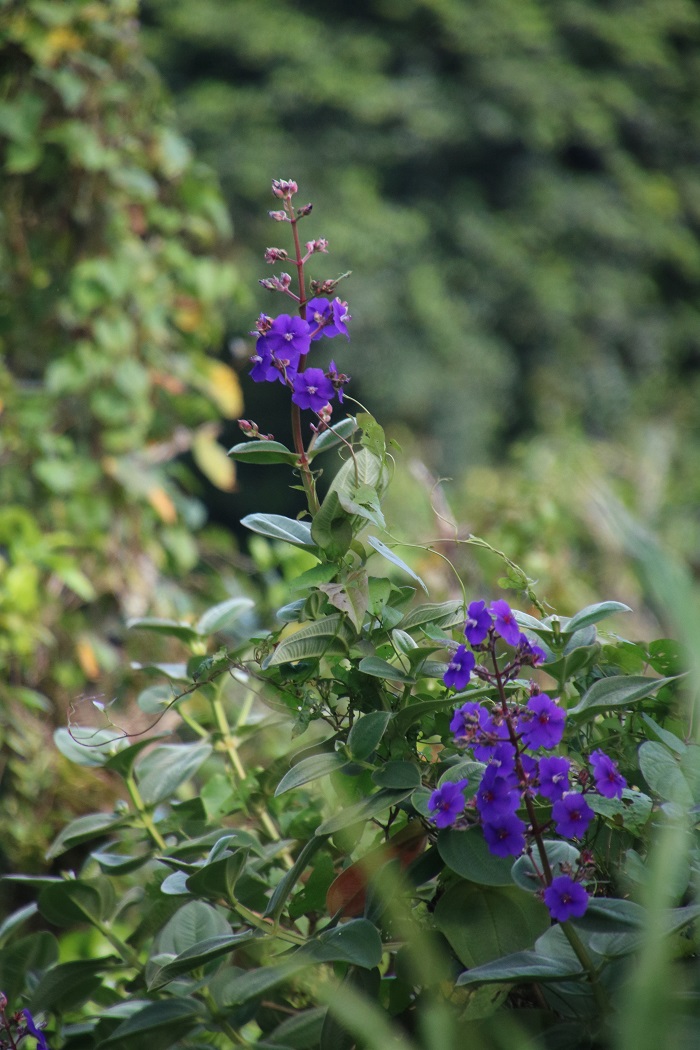
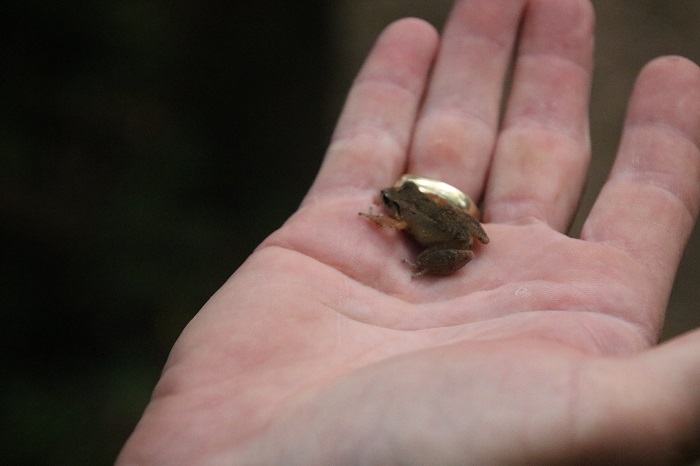
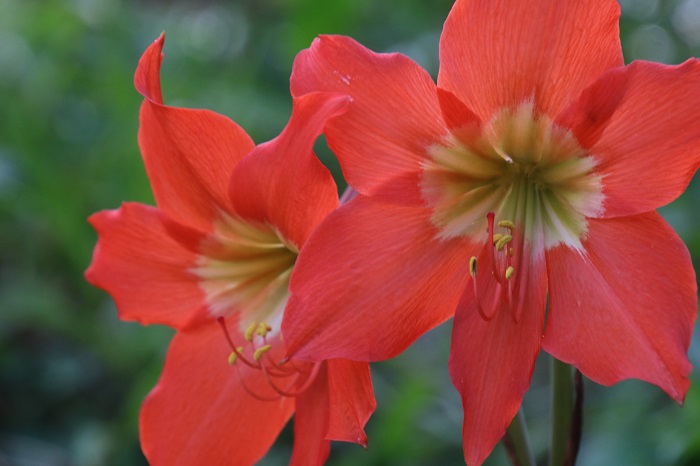
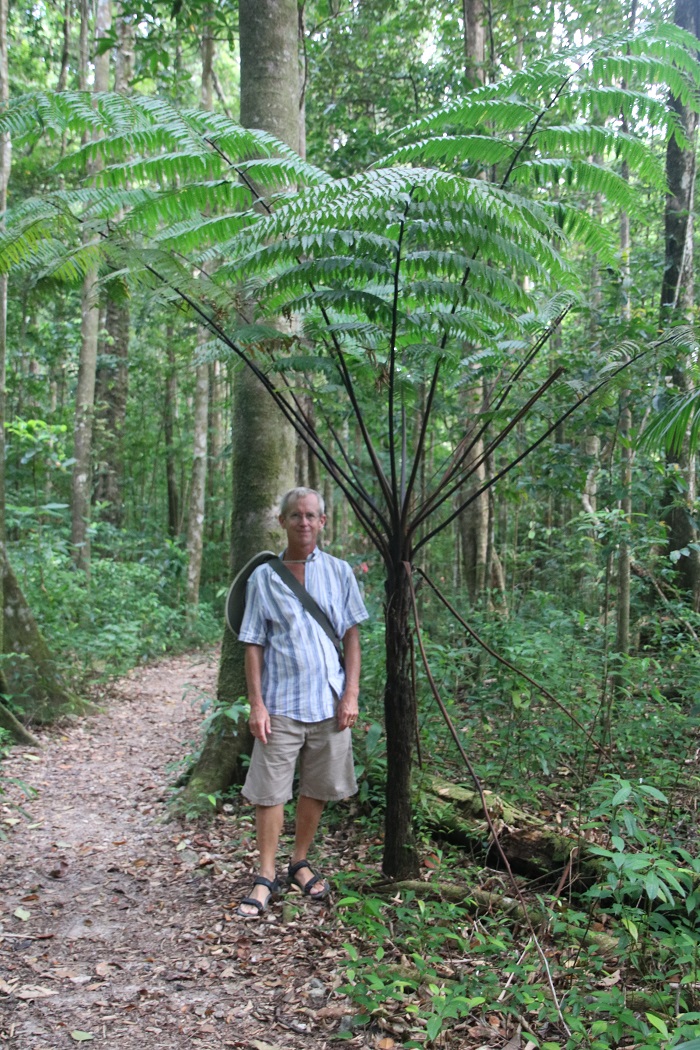














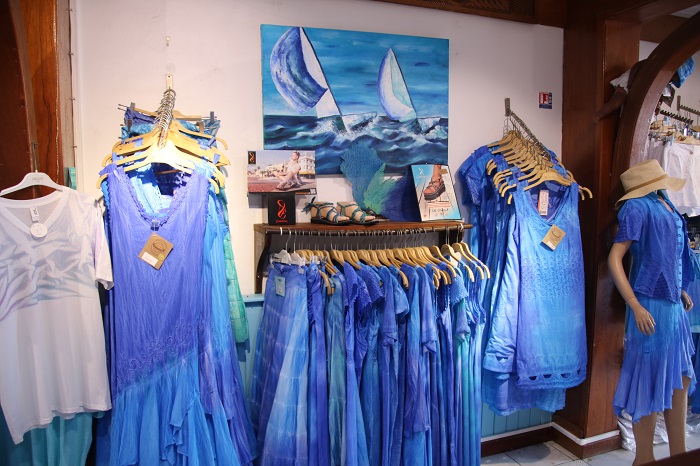
 What I learned from this limited and torturously slow internet search is that the sea island cotton on Montserrat had the longest fibers of any cotton in the world, and that was due to the volcanic soil on this island. The cotton plants and the spinning factory were destroyed in 1995, the first eruption of Soufriere Hills which destroyed the capitol city of Plymouth where the spinning mill for the cotton was located. This eruption not only destroyed the cotton crop, but also two-thirds of the island. In the early 2000s, the dome of the volcano collapsed, after a few more years it seemed that the volcano had become inactive. In 2006, there began to be activity, and another eruption in 2008, has put that theory to rest. Yet it appears that the weavers are still working with sea island cotton. I’ll write more when I can get better access to the information.
What I learned from this limited and torturously slow internet search is that the sea island cotton on Montserrat had the longest fibers of any cotton in the world, and that was due to the volcanic soil on this island. The cotton plants and the spinning factory were destroyed in 1995, the first eruption of Soufriere Hills which destroyed the capitol city of Plymouth where the spinning mill for the cotton was located. This eruption not only destroyed the cotton crop, but also two-thirds of the island. In the early 2000s, the dome of the volcano collapsed, after a few more years it seemed that the volcano had become inactive. In 2006, there began to be activity, and another eruption in 2008, has put that theory to rest. Yet it appears that the weavers are still working with sea island cotton. I’ll write more when I can get better access to the information.



















